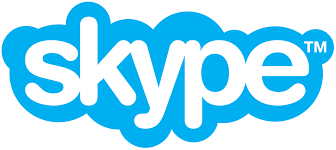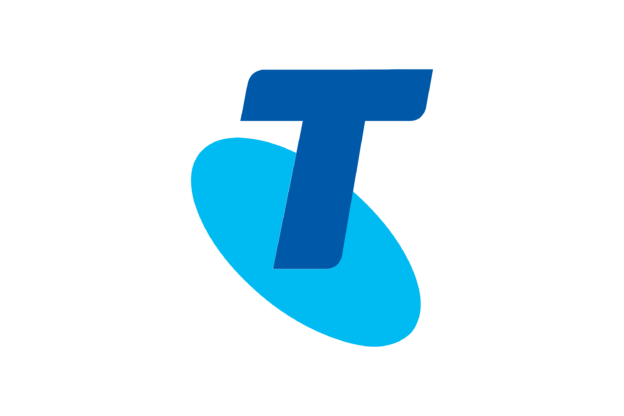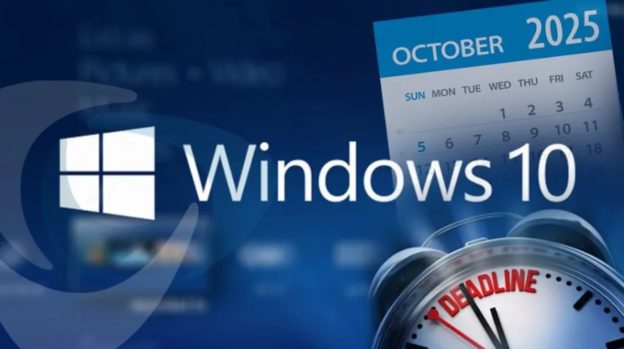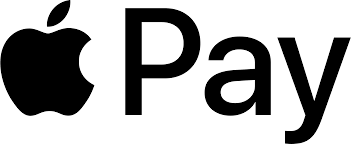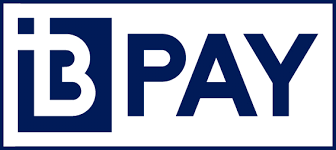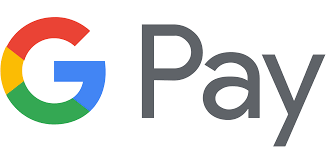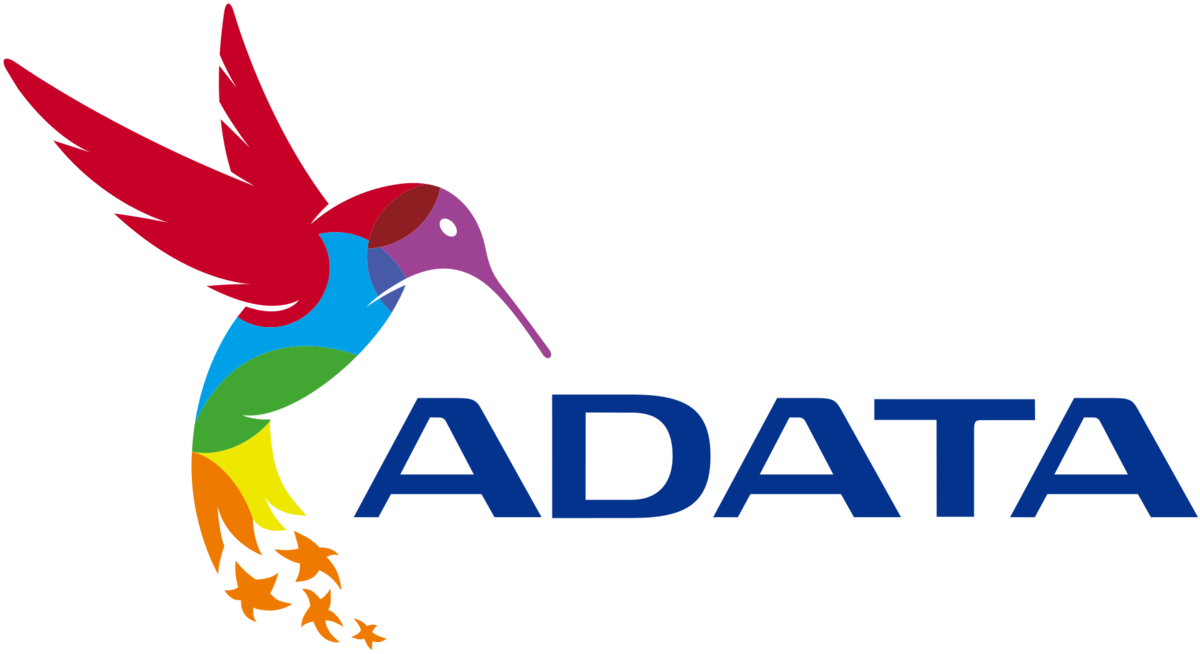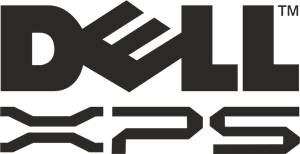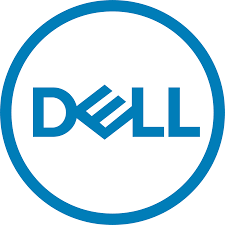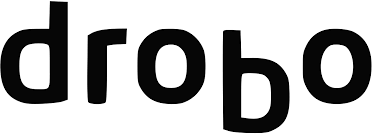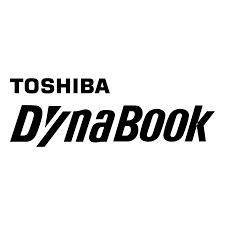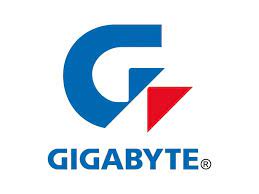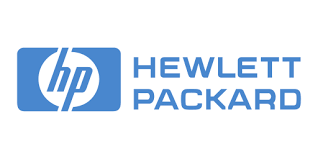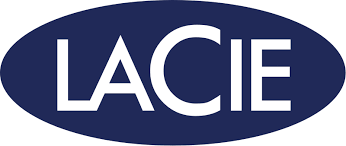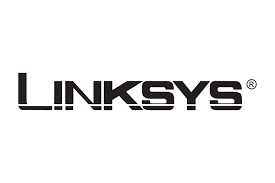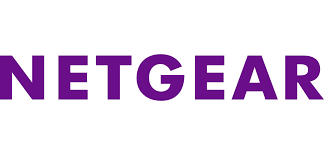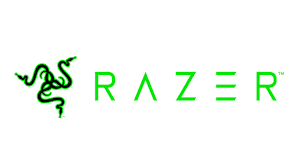Urgent Alert: Australian Bank Passwords Leaked – Protect Your Accounts Today
Why Were Australian Bank Accounts Compromised?
A recent cybersecurity breach has exposed over 31,000 banking credentials of Australian customers, including those from the Big Four banks: Commonwealth Bank, ANZ, NAB, and Westpac.
These credentials are now circulating on the dark web and messaging platforms like Telegram, putting many Australians at serious risk.
📢 Important: The breach was not due to vulnerabilities in the banks themselves, but rather malware infections on personal computers and devices.
Cybercriminals used “infostealer” malware to capture passwords directly from users.
This malware often spreads through phishing emails, malicious downloads, or visiting compromised websites.
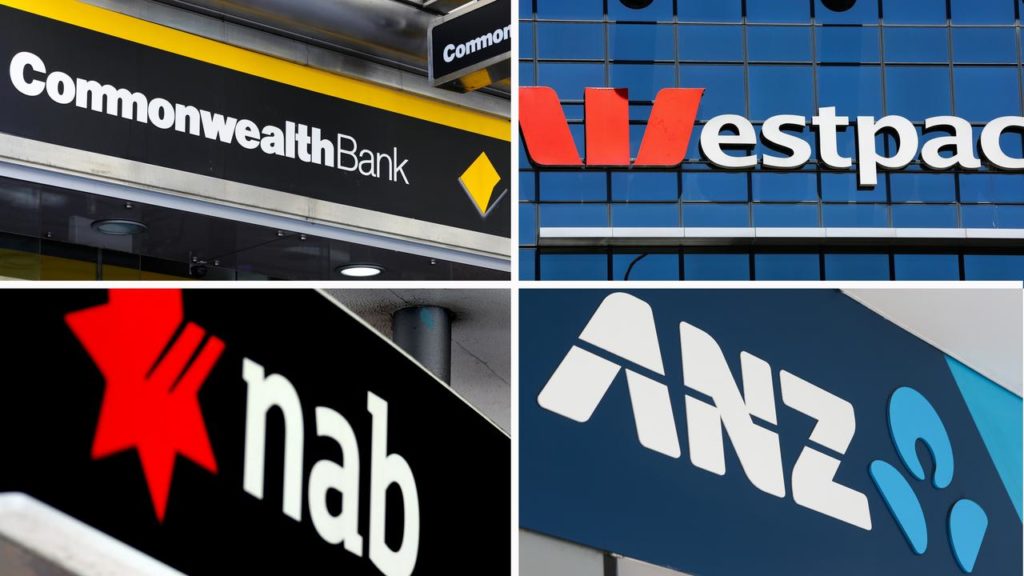
🔍 What You Should Do Immediately
To protect yourself and your finances, we strongly recommend:
1. Secure Your Computer
- Install reputable antivirus software and keep it updated.
- Regularly patch your operating system and apps to fix security vulnerabilities.
- Be cautious when opening emails, clicking links, or downloading files.
- Book a Full Computer Security Check with us by calling 📞 1300 723 628.
2. Change Your Passwords Regularly
- Update your banking and important account passwords every 3 months.
- Use long, unique, and complex passwords.
- Never reuse the same password across different sites.
3. Best Practice for Bank Passwords
Creating and maintaining strong banking passwords is critical to protecting your accounts. Follow these best practices:
- Use a minimum of 12 characters: The longer, the better. Aim for 14–20 if possible.
- Include uppercase letters, lowercase letters, numbers, and special characters: e.g., %, &, @.
- Avoid dictionary words or personal information: Never use your name, birthdate, pet names, or obvious words like “Password123”.
- Never reuse passwords across different accounts: Each account should have a unique password.
- Change your passwords every 3 months: Set a reminder to regularly rotate your banking passwords.
- Use a password manager like LastPass to securely store and generate complex, random passwords.
- Enable two-factor authentication (2FA) wherever possible for an extra layer of protection.
✅ Following these best practices makes it extremely difficult for hackers to guess, steal, or crack your bank login details.
4. Use a Password Manager
- We recommend using LastPass (or a similar tool) to:
- Securely store complex passwords.
- Automatically generate strong, unique passwords.
- Assist with scheduling and automating regular password updates.
5. Enable Two-Factor Authentication (2FA)
Adding 2FA provides an extra security layer even if your password is stolen.
How to enable 2FA at major banks:
- ANZ: Enable via the ANZ Shield App or SMS OnlineCode.
- Westpac: Activate Westpac Protect™ SMS Code in Online Banking.
- Commonwealth Bank: Use NetCode SMS or approve via the CommBank App.
- NAB: Set up SMS Security or manage 2FA via the NAB App.
Each bank offers easy setup instructions in their help sections.
6. Spread Your Risk
- Don’t keep all your money in one account.
- Having multiple accounts at different institutions reduces your risk exposure.
- Regularly monitor all accounts for unusual activity.
7. Set Up a Decoy or Sacrificial Separate Bank Account
For an added layer of early warning protection, we recommend setting up a decoy (sacrificial) bank account:
- Create a small, low-balance bank account with a simple, easily memorable password.
- Use this account only for online shopping or non-critical transactions.
- Monitor it closely for any unauthorized access attempts or unusual activity.
- If this account is ever compromised, it acts as a “canary in the coal mine”, alerting you early that your system may be infected or breached.
- This gives you time to take action — such as changing all your other real banking passwords and scanning your devices for malware — before serious damage is done.
⚠️ Important: Never link your main savings, salary, or investment accounts to the decoy account. Keep its balance low to minimize any potential loss.
✅ Setting up a separate decoy account is a smart, proactive strategy that helps detect security breaches early — before they escalate.
8. Check and Update Your Router
- Your Wi-Fi router is your first line of defense against cyberattacks.
- Check for firmware updates regularly to patch known security vulnerabilities.
- If your router is more than 3 years old, we strongly advise upgrading to a newer, more secure model.
- Outdated routers are often easily exploited by hackers.
- Contact our team at 📞 1300 723 628 — we can supply and set up a modern, secure Wi-Fi modem/router configured for maximum protection.
🖥️ We’re Here to Help
If you’re concerned about your cybersecurity, or just want peace of mind, book a Full Computer Security Check with our expert team.
- ✅ Malware and virus scanning
- ✅ System and network security audit
- ✅ Router update and replacement services
- ✅ 2FA setup and guidance
- ✅ Password manager setup assistance
📞 Call 1300 723 628 today to secure your digital life.
🔒 Stay proactive. Stay protected.
Cybercrime is growing — but with the right steps, you can stay a step ahead.
Content Created on 29/04/2025 by
John Pititto
Managing Director
The Original PC Doctor








